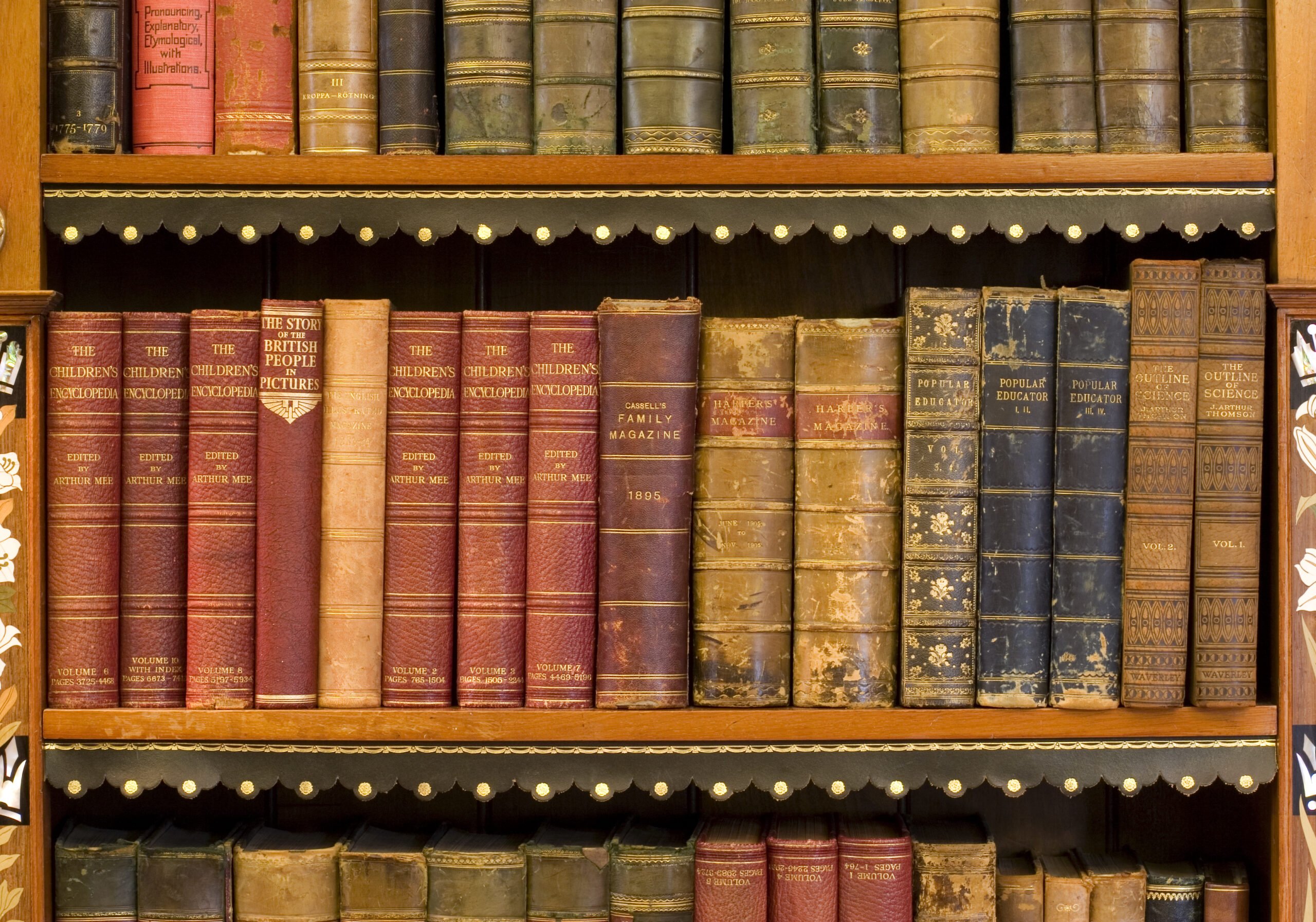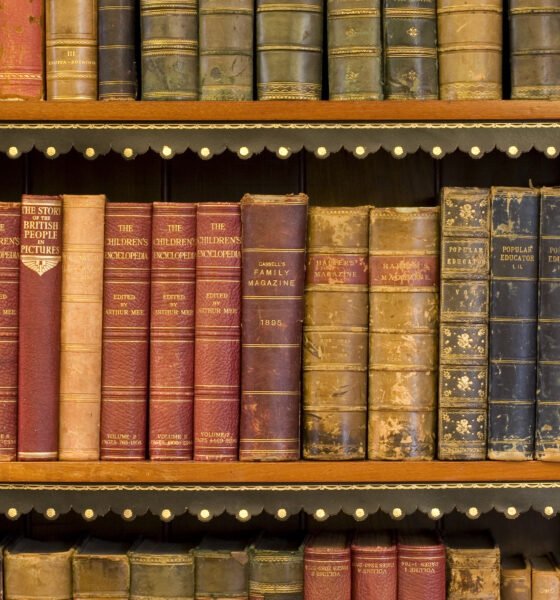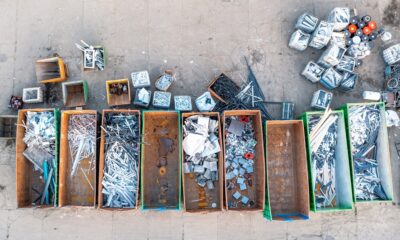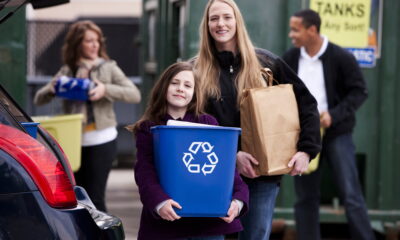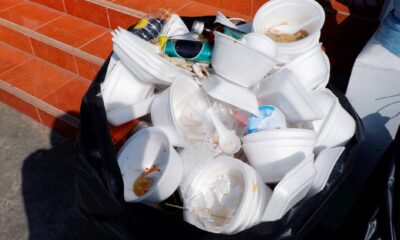We are doing a better job of recycling than we used to, but still not nearly good enough. According to the EPA, the current recycling rate is only 32% .
Of course, some things are recycled better than others. Most people do a bad job recycling books, in particular. Over 320 million books end up in landfills every year, which amounts to 85 tons of paper.
The good news is that there are more things that we can do to improve recycling rates for books. Keep reading to learn more.
How to Recycle Books More Easily
There are a lot of things people don’t think to recycle, such as these five recyclable metals people don’t know about. Books are also recyclable, but not enough people do so.
Having too many books and too little space for them is a common culprit behind messy homes. Grabbing something to read and not having a proper place to store it afterward can make even the tidiest house look disorganized within days.
Luckily, this problem has a straightforward solution: book decluttering.
However, straightforward does not always mean easy for many folks. Getting rid of old books can be daunting, even more so if you have a personal attachment to many of them.
That is why, before you recycle old textbooks or throw your novels into the garbage, follow a proper step-by-step guide to help you cover even ground without further complications.
Make the best of your time, money, and efforts, and follow these steps to recycle books efficiently.
1. Classify Your Book Collection
Identifying each book you own within a specific category can help you determine whether or not you should keep it. The categories you use are up to you, but the most basic division distinguishes books within two camps: the ones you want to keep and the ones you want to recycle.
However, some books have sentimental or practical value, so you may have issues placing them in the “recycle” category—after all, what if you need them in the future? To help you determine which books are really worth keeping, you can use further subdivisions and classify them by area of expertise, genre, whether you’ve read them or not, and many more.
For example, if you own many how-to guides or academic textbooks, you can classify them according to the subject they discuss. For example, marketing textbooks or gardening guides. That way, it will be much easier to distinguish whether or not that knowledge is worth keeping around, and you can visualize if you’ll need those books down the line.
Whichever classification method you choose should yield a clear result: a collection of books you no longer wish to own. With that in mind, you can move on to the next step.
2. Evaluate the Books You are Not Going to Keep
After determining which books didn’t make the cut for your collection, you may be tempted to get rid of them immediately. However, that may not be the wisest option.
Not all books are equal—in fact, some of the textbooks you own may be in excellent condition and thus may be able to enjoy further usage. As such, your next step should be evaluating each book and checking for signs of damage, such as missing pages or damage due to humidity or sun exposure.
Once equipped with this information, your list of books for recycling should be divided into two categories: those in good enough condition to sell or donate and those that are not well-suited for either.
3. Sell Books in Good Condition
Books deemed in optimal condition can always find a second home. If you’d like, you can gift them to a friend, family member, or acquaintance.
However, you can always resell some of those books for extra income.
Some books are always in high demand. Factors such as their condition, edition, or year can determine whether or not they have a high resell value, so it may be worth checking online. Likewise, textbooks are always in high demand, so you may be able to get some money back by reselling them.
Your best bet to find out the price point of your books is to research book buyback programs. Book price comparison tools such as BookScouter are also incredibly helpful in determining the average price of certain books, which may help you decide if it’s worth selling them. If they aren’t in good condition, then you can consider shredding them to recycle the paper better.
4. Donate Books to a Cause You Love
Donations are your best option if some books are not marketable or you are not interested in selling them. It allows them to extend their utility lifespan while, at the same time, you can make a difference for someone who needs it.
Most people first consider gifting the books to someone they care about—friends, family, or acquaintances. Another option is donating the books to local libraries, charities, or organizations you feel passionate about.
Some popular choices beyond the local alternatives in your city include Books for Africa and the Prison Book Program. However, check their guidelines to ensure your books are exactly what they seek.
5. Consider Upcycling
After selling or donating most of the books, you’ll be left with the ones that did not fit the bill. Perhaps they are too old, too damaged, or not in high demand anymore.
In such cases, the books themselves may not be useful to you anymore, but perhaps the pages and structure they provide could be repurposed into something else altogether. Case in point? Upcycling.
If you are creative or daring enough to try, consider repurposing old books with DIY tutorials and guides. With enough know-how and some step-by-step online articles, you can use hardcover books’ spines to make boxes that hide valuable goods or transform old pages into beautiful junk journals. The final goal is to give these books a second life and ensure the materials used to create them don’t go to waste.
Of course, if you are not crafty, you can always opt for the last resort: actual recycling.
6. Research Your Local Recycling Guidelines
Recycling your old books should always be your last resort—it is considerably less eco-friendly than repurposing the pages and materials elsewhere. However, if you decide to recycle, remember it’s not as easy as throwing your books away.
You see, paper goods are not equal and have different grades when it comes to recycling. Books tend to fall into the “mixed paper” category and may or may not need special treatment compared to other paper types.
Each area has a different recycling guideline and set of standards. Some may not even accept books. As such, keep an eye out for what applies to you. Websites such as Earth911 and Keep America Beautiful can help you find the necessary information and locate recycling centers nearby.
7. Prepare Your Book for Recycling
This step always depends on your local system. However, you can generally divide books into two groups for recycling: paperback and hardcover.
Most of the time, you can dispose of paperback books as they are—that is, you can recycle the whole book. However, policies vary for hardcover books—some recycling programs require you to remove the cover before recycling, while others are perfectly okay with you recycling the book as it is.
A critical addendum is that books that have gotten wet or have brown pages are not recycled. As such, these are better left for upcycling projects or donated to charities that can repurpose them.
Conclusion: Used Books Shouldn’t Always Go to the Trash
Recycling books should be more than just repurposing their paper and pulp; that should only be your last resort.
Books have an incredible utility lifespan—long after you’ve read them to exhaustion, they can still make someone else happy. The steps outlined above will ensure an organized book collection and an environmentally friendly new life for your old paper friends.


 Environment10 months ago
Environment10 months agoAre Polymer Banknotes: an Eco-Friendly Trend or a Groundswell?

 Environment11 months ago
Environment11 months agoEco-Friendly Home Improvements: Top 7 Upgrades for 2025

 Features9 months ago
Features9 months agoEco-Friendly Cryptocurrencies: Sustainable Investment Choices

 Features10 months ago
Features10 months agoEco-Friendly Crypto Traders Must Find the Right Exchange
